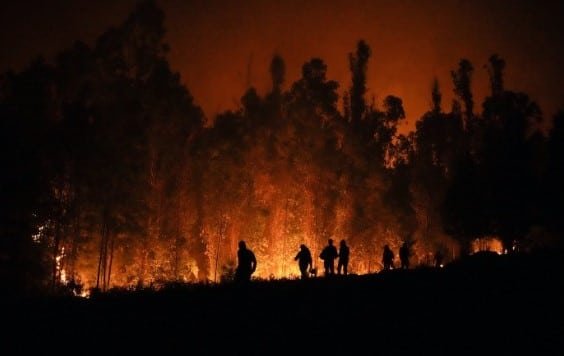As the year unfolds, 2024 has already borne witness to a series of devastating weather events, underscoring the profound impact of natural phenomena on human lives and livelihoods. From flood-ravaged regions in southern Brazil to the ominous specter of El Niño looming over global weather patterns, the convergence of environmental factors and human-induced climate change has intensified the frequency and severity of such disasters. Against this backdrop, it is imperative to examine the key weather newsmakers of 2024, dissecting their causes, consequences, and implications for disaster preparedness and resilience.
Unraveling the Flood Crisis in Southern Brazil: One of the most harrowing weather events of 2024 unfolded in southern Brazil, where relentless rains triggered catastrophic floods, leaving a trail of devastation and despair in their wake. With heavy showers, lightning, and high gusts exacerbating an already dire situation, the region witnessed a staggering loss of life and property. As floodwaters inundated communities and infrastructure crumbled under the relentless onslaught, over 100 lives were tragically lost, while thousands more were displaced, injured, or rendered homeless. The scale of the disaster, compounded by the blockage of vital transportation arteries, underscored the urgent need for coordinated response and recovery efforts to mitigate human suffering and rebuild shattered communities.
The Role of El Niño in Weather Variability: Against the backdrop of these unfolding tragedies, the influence of El Niño emerges as a central factor shaping global weather patterns and exacerbating environmental extremes. With its characteristic warming of ocean temperatures in the equatorial Pacific, El Niño exerts a far-reaching impact on atmospheric circulation, precipitation patterns, and temperature anomalies worldwide. While some experts caution against attributing individual weather events solely to El Niño, its role as a catalyst for heightened weather variability and extreme events cannot be overlooked. As the specter of El Niño looms large over 2024, policymakers and meteorologists alike must remain vigilant in monitoring its evolving dynamics and preparing for potential disruptions to come.
Navigating the Nexus of Climate Change and Weather Disasters: Amidst the backdrop of El Niño-induced weather variability, the broader context of human-induced climate change looms large, casting a long shadow over the trajectory of weather disasters in 2024 and beyond. While the precise attribution of individual events to climate change remains a complex and evolving field of study, there is growing consensus among scientists regarding the role of anthropogenic greenhouse gas emissions in amplifying the frequency and intensity of extreme weather events. From heatwaves and droughts to floods and hurricanes, the fingerprints of climate change are becoming increasingly discernible, underscoring the urgent need for concerted action to mitigate emissions, adapt to changing conditions, and build resilient communities.
Responding to the Crisis: Lessons Learned and Pathways Forward: In the aftermath of the 2024 weather disasters, the imperative for coordinated response and proactive resilience-building efforts comes sharply into focus. From bolstering early warning systems and disaster preparedness measures to investing in climate-resilient infrastructure and sustainable land management practices, there are myriad avenues for mitigating the impacts of future disasters and safeguarding vulnerable communities. Moreover, fostering international cooperation and solidarity is essential in tackling the transboundary nature of weather-related hazards and ensuring a collective response commensurate with the scale of the challenge.
As we reflect on the weather newsmakers of 2024, it becomes abundantly clear that the convergence of natural phenomena, including El Niño, and human-induced climate change has ushered in an era of unprecedented weather variability and environmental extremes. From the flood-ravaged landscapes of southern Brazil to the global implications of El Niño-driven weather patterns, the stakes have never been higher for building resilience, fostering adaptation, and addressing the root causes of climate change. As we navigate the challenges of a rapidly changing climate, the lessons learned from the weather disasters of 2024 serve as a poignant reminder of the urgent need for collective action, solidarity, and foresight in confronting the defining crisis of our time.
